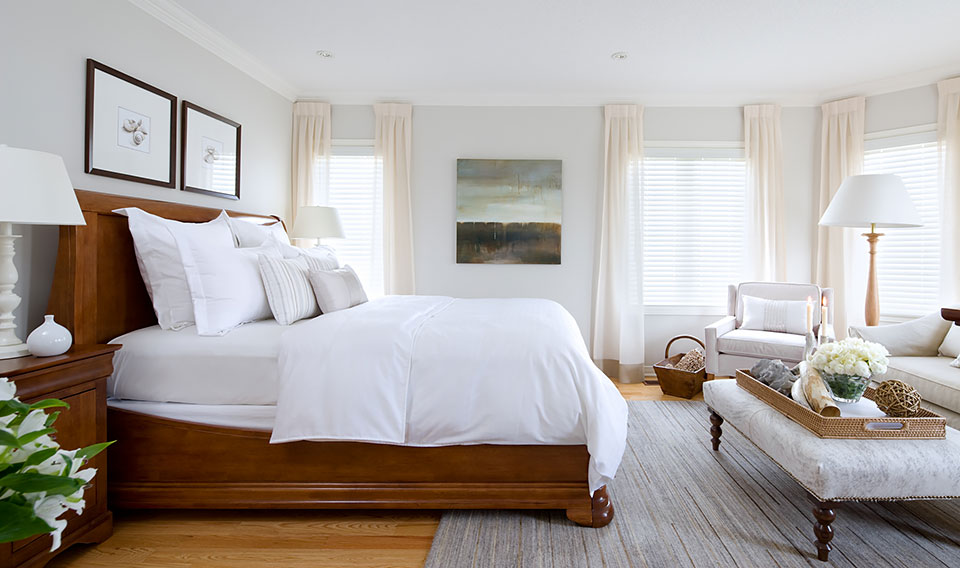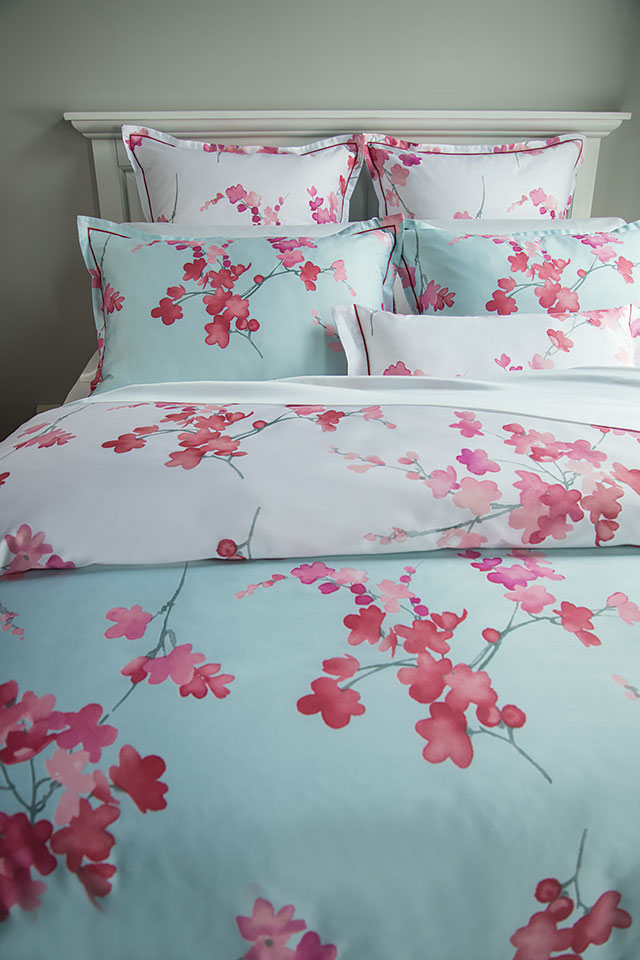
You don’t need a study to tell you how much the average person sleeps in a lifetime. The math is pretty simple.
If you sleep eight hours out of 24, every night, that equals 1/3 of your life. What’s more important to know is what can help give you the best night’s sleep.
From natural, to naturally organic to synthetic bedding, we usually base our choices on how the fibres feel to the touch.
Whether you like to burrow under a heavy down comforter or add lots of layers of satiny sheets, blankets and bedspreads, it all comes down to what feels good.
If quality matters you may want to know what’s new (in the bedroom). Let’s unmake the bed and take a look.
Today’s top covers

The most exposed part of your bed is what’s on top. Comforters are usually filled with synthetic fibre and stitched or quilted to keep the fibres distributed evenly. They are hypoallergenic, moisture resistant and easy to maintain, just throw it over your bed.
Duvets are sometimes called comforters, but they are essentially a large bag of down, feathers or synthetic fibre. Because of its insulating factor it usually replaces a top sheet, comforter and blanket.
Goose or duck feathers in duvets and pillows have quills and tend to flatten when the quills start to align and stick together.
Down is the warmer, softer, longer lasting and more expensive choice. Look for the blue and white Down-mark label from the Down-mark Association of Canada. This ensures the farmers engaged in humane treatment of raising all waterfowl.
Today, the fitted and tucked-in look is gaining in popularity. If you have a low profile, or platform bed and you want to expose the bed frame, many fabrics and textures offer a finished, flatter, less bulky appearance and can be folded and tucked around the mattress.
Under Cover

Image by Revelle Home Fashions Inc.
What you’ve heard is true! Egyptian cotton tops the list.
Synthetic fibres, like polyester, nylon and acrylic can imitate other textiles like cotton, wool, suede and silk. They offer resistance to moisture, oils, stains and bacteria and a lower price point than Egyptian cotton.
Bamboo is a renewable, sustainable resource and it’s eco-friendly. Add to that it’s soft, like cashmere and silk, it’s hypoallergenic, anti-bacterial, resists mold and mildew and its durable.
Organic bedding vetted through Oeko-Tex Standard ensures that no chemicals were used in the manufacturing process. Even if it’s picked by hand, every other part of the process must be chemical-free to be called organic.
Ultimately, what you choose to put against your body when you sleep is up to you, but don’t you deserve to have your best night’s sleep?

